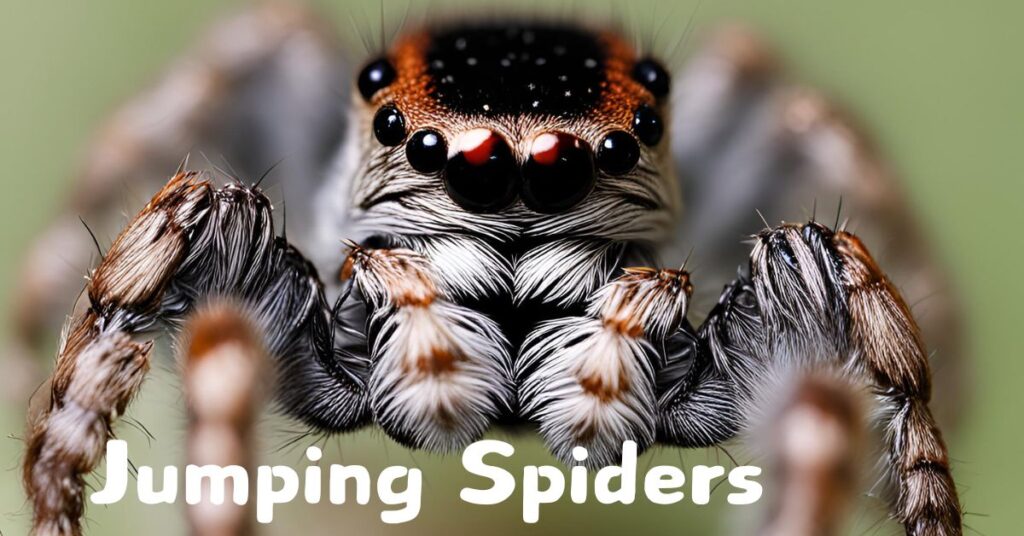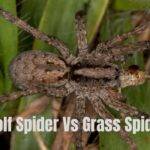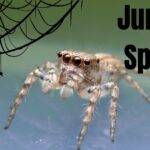Jumping Spider is interesting animal that have captured the intrigued of numerous pet devotees. These little 8-legged creature are known for their unimaginable bouncing capacities, dynamic colors, and interesting identities. If you’re considering including one to your collection, you might be pondering, “How much a Jumping Spider taken a cost? A comprehensive direct is here to offer assistance you explore the world of Jumping Spider ownership.”
Jumping Spider, with their charismatic behavior and colorful appearances, are getting to be progressively prevalent as pets. This direct will walk you through the taken a cost of owning a Jumping Spider, counting the beginning buy cost, continuous care costs, and extra considerations.
How Much a Jumping Spider Cost? A Comprehensive Direct to Prices
Initial Buy Price
The starting buy cost of a Jumping Spider can extend from $10 to $50 for common species. Be that as it may, uncommon species or those with interesting colorations can taken a toll anyplace from $50 to $150 or more. Let’s break down the costs based on distinctive categories:
- Common Species: $10 – $30
- Uncommon Species: $30 – $50
- Rare Species: $50 – $150+
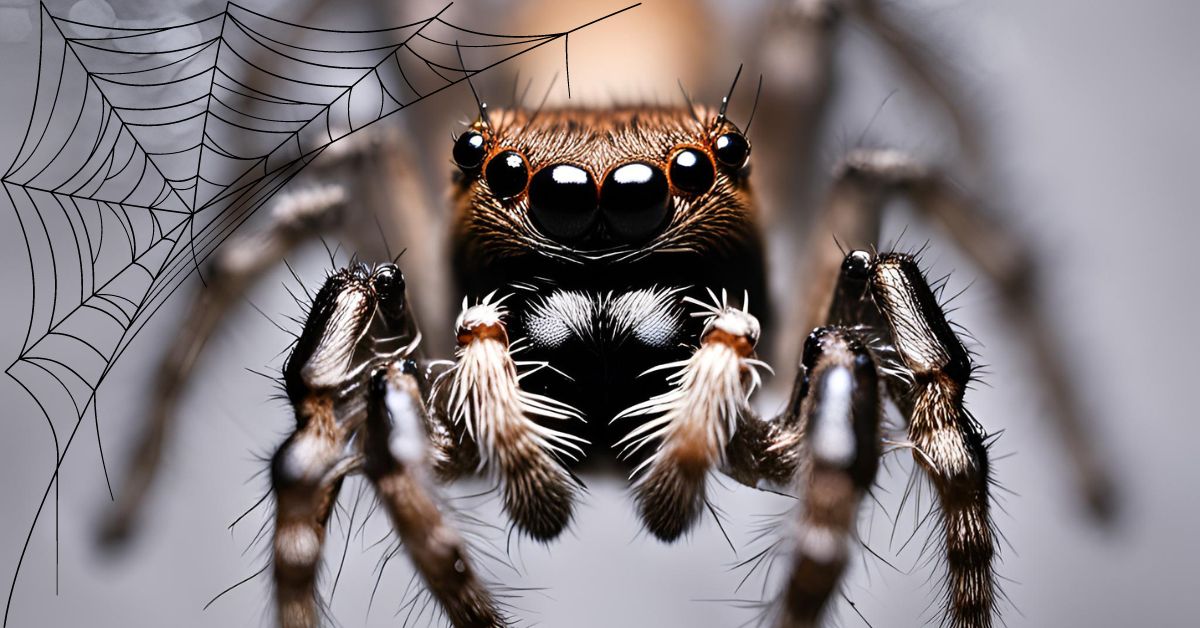
Housing and Setup Costs
Housing a bouncing insect requires a appropriate walled in area. You can select between different choices like glass terrariums or plastic holders, each with its claim fetched implications.
- Basic Walled in area: $10 – $20
- Decorations and Substrate: $10 – $20
- Climbing Structures: $5 – $15
- Hygrometers and Thermometers: $10 – $20
Feeding Costs
Jumping Spider essentially eat live creepy crawlies like flies, crickets, and little moths. The taken a toll of nourishing a bouncing insect is moderately moo but ought to be considered in your by and large budget.
- Monthly Nourishing Taken a toll: $5 – $10
Additional Care and Support Costs
Maintaining the wellbeing and prosperity of your Jumping Spider includes intermittent costs such as vitamins or supplements and potential vet visits.
- Supplements: $5 – $10
- Veterinary Care: $20 – $50 (on the off chance that needed)
Cost Breakdown: Month to month and Annually Expenses
To give a clearer picture, let’s break down the month to month and annually costs for owning a Jumping Spider:
Monthly Costs
- Feeding: $5 – $10
- Maintenance and Supplies: $2 – $5
- Total Month to month Fetched: $7 – $15
Yearly Costs
- Feeding: $60 – $120
- Maintenance and Supplies: $24 – $60
- Veterinary Care: $20 – $50 (in case needed)
- Total Annually Fetched: $104 – $230
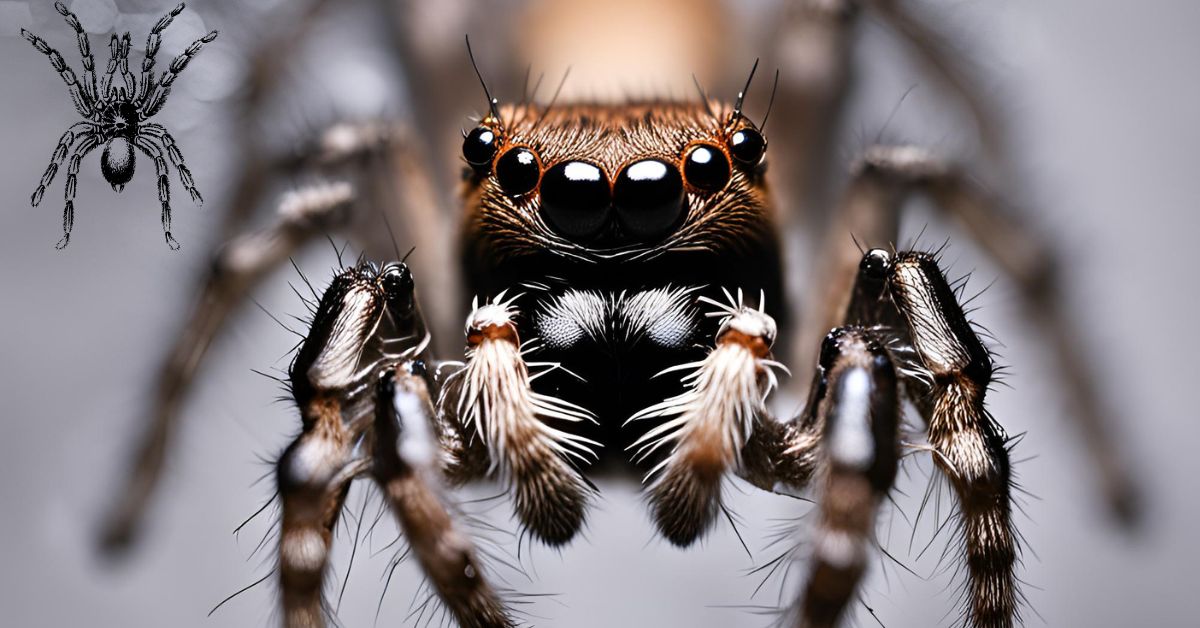
Detailed Contemplations for Jumping Spider Ownership
Species-Specific Insights
Jumping Spider (Salticidae family) are inconceivably assorted, with over 6,000 species found around the world. Each species has special characteristics and care prerequisites, which can impact both the fetched and the involvement of owning one. Here are a few prevalent species:
Phidippus audax (Strong Bouncing Spider)
- Appearance: Dark with white markings and luminous chelicerae.
- Cost: Regularly around $10 – $20.
- Behavior: Known for being strong and inquisitive, making them a favorite among beginners.
Phidippus regius (Majestic Bouncing Spider)
- Appearance: Brightly colored with varieties in orange, dark, and white.
- Cost: Around $15 – $30.
- Behavior: Bigger and regularly more meek, they are extraordinary for handling.
Hyllus diardi
- Appearance: Expansive measure with unmistakable dark and white markings.
- Cost: Around $30 – $50.
- Behavior: Dynamic and locks in, frequently more requesting in terms of space and care.
Why Select a Jumping Spider?
Before jumping into the fetched, let’s get it why Jumping Spider make such engaging pets. They are generally low-maintenance, require negligible space, and are captivating to watch. Their one of a kind chasing methods and intelligently behavior make them a delight to watch.
Factors Affecting the Fetched of a Jumping Spider
Species and Rarity
One of the essential components influencing the taken a toll of a Jumping Spider is its species and irregularity. Common species like the Phidippus audax (Strong Jumping Spider) are by and large more reasonable, whereas rarer species with striking colors or special characteristics can be more expensive.
Source of Purchase
The source from which you buy your Jumping Spider too impacts the fetched. Legitimate breeders, pet stores, and online marketplaces all offer diverse cost focuses. It’s basic to select a solid source to guarantee you get a solid spider.
Age and Size
The age and measure of the Jumping Spider can impact its cost. Adolescent Jumping Spiders are as a rule cheaper than grown-ups, but they require more time and care to reach development. Grown-up creepy crawlies, being more outwardly striking and less demanding to care for, frequently come at a higher price.
Morph and Coloration
Jumping Spider with special morphs or coloration designs are exceedingly looked for after and can command higher costs. Breeders may specifically breed for particular characteristics, which can result in higher costs due to the irregularity and request for these interesting spiders.
Detailed Lodging Considerations
When setting up a domestic for your Jumping Spider, it’s basic to make an environment that imitates their characteristic living space. Here are a few point by point considerations:
Enclosure Measure and Type
- Size: A 5-gallon tank is for the most part adequate for most Jumping Spider species.
- Type: Glass terrariums offer way better perceivability, whereas plastic holders are more reasonable and less demanding to modify.
Environmental Enrichment
- Substrate: Coconut fiber, peat greenery, or preparing soil are great choices to keep up humidity.
- Climbing Structures: Give twigs, clears out, and stopper bark to imitate a normal environment.
- Hiding Spots: Little covers up or fake plants provide your creepy crawly a put to withdraw and feel secure.
Ventilation and Humidity
- Ventilation: Guarantee the walled in area has satisfactory ventilation to anticipate shape and keep up discuss quality.
- Humidity: Keep mugginess levels between 50-70% depending on the species. This can be overseen with standard moistening and appropriate substrate.
Feeding and Dietary Needs
Jumping Spider is a dynamic seeker, and their eat less fundamentally comprises of live prey. Here’s a point by point breakdown of their dietary needs:
Types of Prey
- Fruit Flies: Perfect for adolescent spiders.
- Crickets: Appropriate for bigger Jumping Spider; guarantee they are fittingly measured to dodge injury.
- Mealworms: An intermittent treat but not a staple due to their difficult exoskeleton.
Feeding Frequency
- Juveniles: Nourish day by day to guarantee legitimate growth.
- Adults: Bolster each 2-3 days, depending on their measure and action level.
Supplementation
While Jumping Spider get most of their supplements from their prey, periodic supplementation with vitamin powders can be useful, particularly for captive-bred spiders.
Health and Veterinary Care
Common Wellbeing Issues
- Dehydration: Guarantee your insect has get to to water beads on walled in area dividers or leaves.
- Mites: These can plague the walled in area; keep up cleanliness and supplant substrate regularly.
- Injuries: From falls or forceful prey; continuously oversee nourishing and give delicate landing spots inside the enclosure.
Finding a Veterinarian
Not all veterinarians specialize in 8-legged creature. It’s vital to discover one with encounter in intriguing pets, especially spineless creatures, to guarantee your insect gets legitimate care if needed.
Breeding and Life expectancy Considerations
Breeding Jumping Spider
- Pairing: Present male and female in a unbiased space to decrease regional behavior.
- Courtship: Guys perform expound moves to charm females, which is captivating to observe.
- Eggs and Spiderlings: Females lay eggs in smooth sacs. Give a secure, undisturbed range inside the walled in area for egg sacs.
Lifespan
- Average Life expectancy: One to two a long time, with a few species living up to three a long time in captivity.
- Factors Influencing Life expectancy: Appropriate care, eat less, and environment altogether impact their longevity.
Behavioral Characteristics and Interaction
Jumping Spider is known for their interesting behaviors, making them one of the most locks in pet arachnids:
Hunting and Pouncing
- Vision: They have amazing vision, which they utilize to track and chase prey.
- Pouncing: They can hop a few times their body length to capture prey or elude threats.
Webbing and Territory
- Webs: Not at all like other insects, they do not construct networks to capture prey. Instep, they make little silk withdraws for resting or molting.
- Territory: They are regional and lean toward to have their possess space, which is why lodging them exclusively is essential.
Interaction with Owners
- Handling: They can be tenderly dealt with, in spite of the fact that it’s best to let them walk onto your hand or maybe than picking them up directly.
- Observation: Spend time watching their behavior to get it their needs and inclinations better.
Legal and Moral Considerations
Before obtaining a bouncing insect, it’s basic to consider the legitimate and moral aspects:
Legal Restrictions
- Local Laws: Check neighborhood controls with respect to the proprietorship of intriguing pets. A few regions may have confinements on particular species.
- Wild-Caught vs. Captive-Bred: Captive-bred insects are favored to maintain a strategic distance from affecting wild populaces and to guarantee superior wellbeing and adjustment to captivity.
Ethical Breeding and Sourcing
- Reputable Breeders: Buy from breeders who take after moral hones and prioritize the wellbeing and prosperity of their spiders.
- Avoid Wild Capture: Wild-caught insects may endure stretch and have a higher mortality rate. Supporting captive breeding makes a difference preservation efforts.
Community and Resources
Owning a Jumping Spider can be a fulfilling encounter, and interfacing with a community of individual devotees can give profitable back and knowledge:
Online Gatherings and Social Media
- Arachnoboards: A well known gathering for 8-legged creature devotees, advertising exhortation, care tips, and species information.
- Facebook Bunches: Various bunches devoted to Jumping Spider care and breeding where individuals share encounters and advice.
Books and Guides
- “The Hopping Creepy crawly Handbook”: A comprehensive direct covering species profiles, care prerequisites, and breeding tips.
- “Invertebrate Pharmaceutical”: A asset for wellbeing and veterinary care for spineless creatures, counting spiders.
FAQs About How Much a Jumping Spider Cost?
How long do Jumping Spider live?
Jumping creepy crawlies regularly live for around one to two a long time. A few species may live marginally longer beneath ideal care conditions.
What does Jumping Spider eat?
Jumping Spider essentially eat live creepy crawlies such as flies, crickets, and moths. They are dynamic seekers and require a slim down that permits them to hone their characteristic chasing behaviors.
Do Jumping Spider require uncommon lighting?
Jumping Spider do not require extraordinary lighting. Ordinary surrounding light is as a rule adequate. In any case, giving a normal day-night cycle can offer assistance keep up their health.
Are Jumping Spider appropriate for beginners?
Yes, Jumping Spider are considered reasonable for apprentices due to their low-maintenance nature and negligible space necessities. They are too intriguing to watch, making them an great choice for unused pet owners.
Can Jumping Spider be housed together?
No, Jumping Spider is single animal and ought to be housed independently to avoid forceful behavior and potential hurt to each other.
How do I handle a Jumping Spider?
When dealing with a Jumping Spider, it is fundamental to be delicate and quiet. Permit the insect to climb onto your hand or maybe than snatching it, as sudden developments can startle them.
Conclusion
Understanding “How Much a Jumping Spider Cost? A Comprehensive Direct” includes not fair the financial perspectives but moreover the point by point care, moral contemplations, and continuous commitment required for these captivating animals. By considering species-specific needs, legitimate lodging, count calories, and wellbeing care, you can guarantee a fulfilling involvement as a Jumping Spider proprietor. Interfacing with a community and utilizing accessible assets will encourage upgrade your travel into the captivating world of Jumping Spider.
